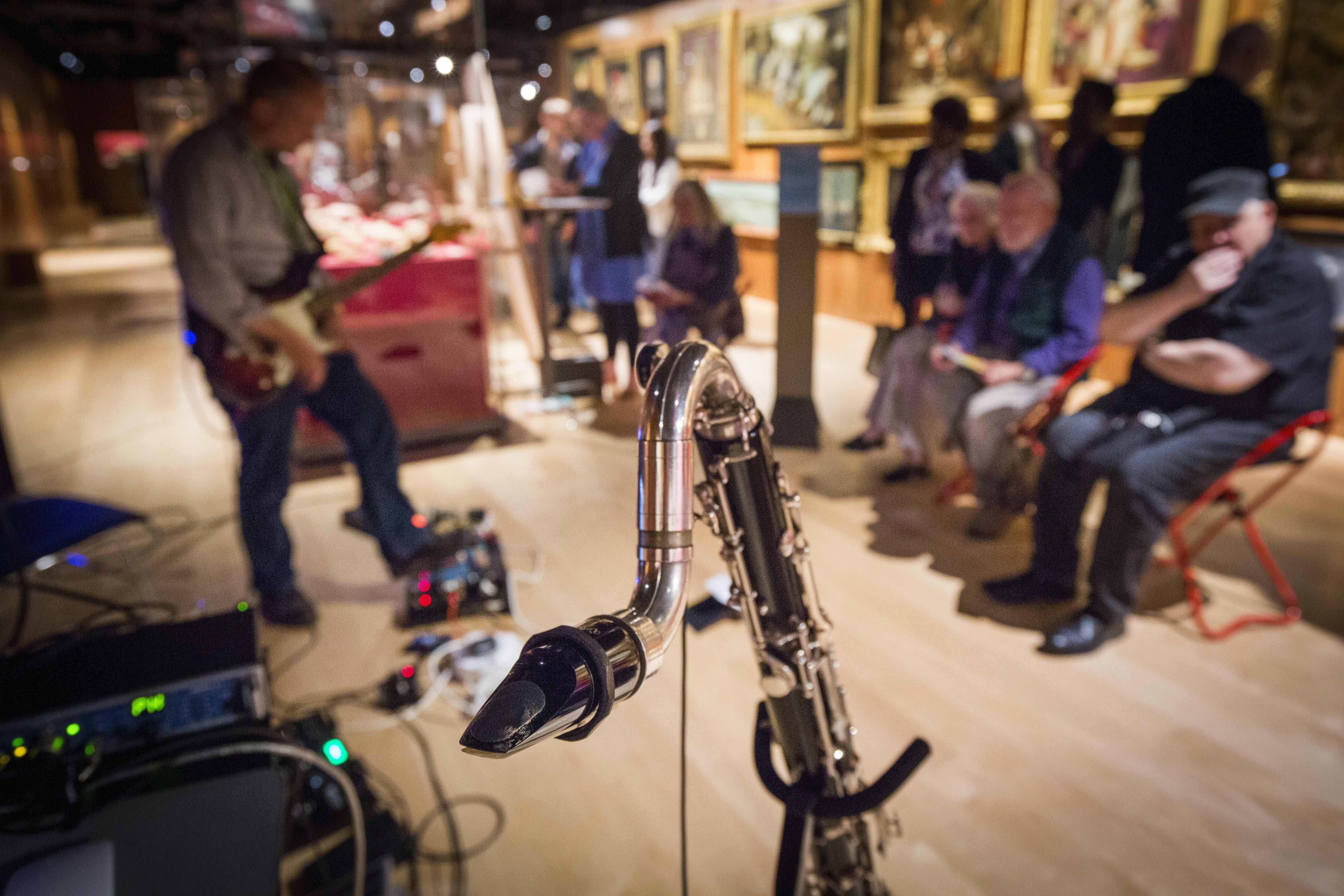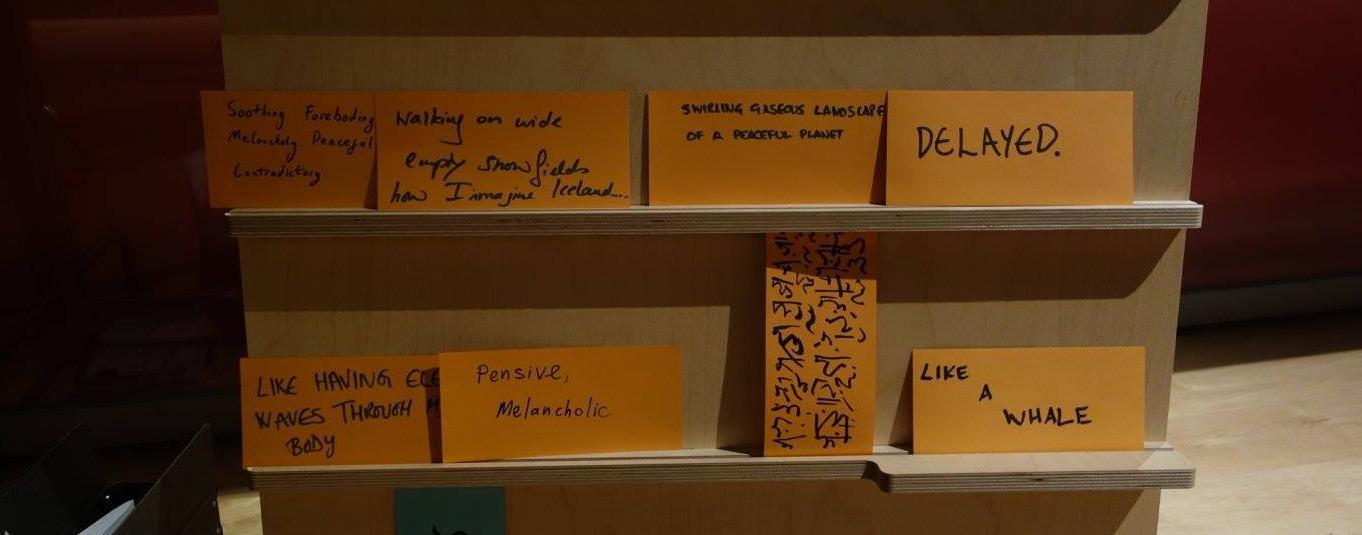Ambient music
Although resisting an easy definition, ambient music is characterised as emphasising the sonic and atmospheric effects of the music rather than traditional architectures of melody, harmony and rhythm. In the words of one of its pioneers, Brian Eno, ‘Ambient music must be able to accommodate many levels of listening attention without enforcing one in particular; it must be as ignorable as it is interesting.’ In its relative lack of emphasis on repeated tunes and beats, ambient music is targeted at the periphery rather than at the centre of conscious experience.
This CRIE project is investigating topics such the relation between the shifting periodicities of ambient music and the changing rhythms of conscious experience, and how and in what contexts these can have restful and restorative effects. We are employing new methodologies for assessing these nuances of subjective experience (both for audience and performers) in a scientifically rigorous manner, as well as exploring implications for clinical interventions.

As part of his Hubbub residency in the Hub at Wellcome Collection, Charles Fernyhough teamed up with improvisational duo Darkroom to explore the science behind the restful (and otherwise) effects of ambient music. The musicians took advantage of the generous spaces available to create improvised music in the Hub itself.

You can listen to recordings of the Darkroom–Hubbub collaboration’s performances at the Hubbub Late Spectacular in September 2015, and at Hubbub’s ‘Rest and its Discontents’ exhibition in Mile End, London, in 2016. They also performed an unusual concert for the patients of the intensive care unit at University College Hospital, next door to the Wellcome Trust’s headquarters in Euston. This article for Aeon describes the event along with the science behind the project.



/prod01/prodbucket01/media/durham-university/research-/research-centres/centre-for-research-into-inner-experience/Home-Banner.png)